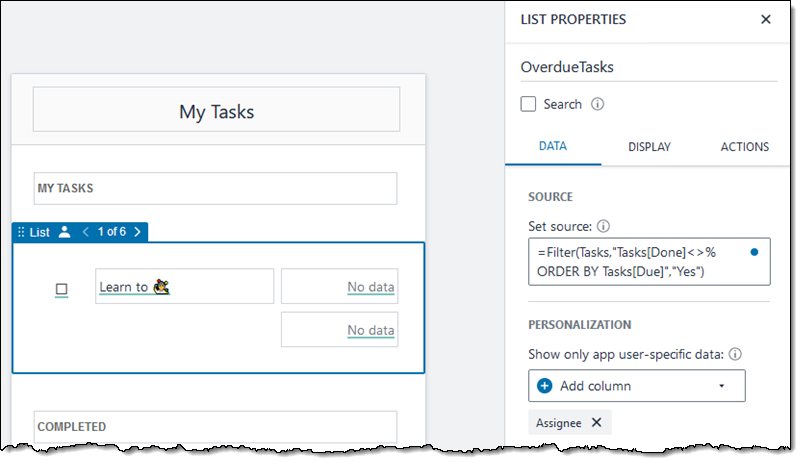With AWS launching Honeycode we can confirm the rumors we published about AWS launching a no code or low code tool for everyone.
With the release coming in the form of a beta, we won’t really know the planned scope of this platform for some time. Will Honeycode end up like Google’s App Maker platform and be deprioritized in favor of some acquisition later? Google did purchase AppSheet recently, who we covered last year through an interview with Santiago Uribe, now a Senior Product Manager at Google.
AWS doesn’t really have the same history as Google though, and could Honeycode evolve into something beyond a Quickbase or AppSheet competitor? Should vendors like ProcessMaker or other workflow automation vendors be concerned?
What can I really build with Honeycode?
While the product team at Honeycode has nailed some of the usability concepts that other platforms have lacked – in-app guides, usable templates, etc. – there are a few areas that are limiting in the beta release. This is one signal to me that there is much more planned here, and that the beta is limited by design.
We are still in the process of confirming these limitations and welcome any helpful feedback, but here are some of our concerns:
- Honeycode.aws apps can be published to the App Store, but only through the proprietary Honeycode.aws app. This makes it feel like more of a B2B solution where users will install the vanilla Honeycode app, log in, and get access to apps their organization has published. Not a bad concept, but not a great solution for some of the hobbyists or entrepreneurs hoping to launch their own app on the App Store.
- Business logic management appears to be somewhat limited at launch. While some basic field level validation exists, real data processing is limited to what a user can derive from spreadsheet based functions.
- Web service endpoints are not as ubiquitous as they could be. While you can add multiple data sources, mostly in the form of unique Honeycode tables, you can’t do things like trigger a REST call from a form submission and get data back from a third party service to inform the next step in the user experience.
While you could justify the gaps we outlined here as “not critical to the target user”, we still find ourselves a little disappointed.
The No Code Vendor Curse
After watching this space evolve over the last decade or two, we consistently find ourselves wanting more specialization and less “you can build anything”. Does this make our previous paragraph or two hypocritical? I don’t think so, but let me explain.
Each no and low code vendor to date, with the exception of the booming low code API space, and AppSheet in the early days, has taken it upon themselves to recreate the end to end architecture required to create an end to end application. This creates a real man hour and funding limit to what can be built. Only companies like Quickbase with their massive fundraised war chest, and now AWS and Google (via AppSheet) seem to have enough resources at their disposal to create these end to end worlds.
To overcome this curse, we hope to see more specialized players pop-up in the coming years. For example, a web-app or SaaS-focused no code platform that let’s users drag-and-drop all of the primary front end components of a SaaS application. From these front end components would hang web service endpoints that back end developers could use to populate the drag-and-drop widgets. A core piece of the puzzle would be a killer data mapper and transformer – another area of potential focus for the no code ecosystem that could be a standalone solution in many contexts.
AWS is a treasure trove of modern software development assets. From Lambda Functions to EC2 we could see many ways to piece all of these assets together to create an unstoppable no or low code application development platform.
We look forward to seeing how well Honeycode is adopted, and who is going to take advantage of the potential here to build some booming app development and add-on agencies.



What you describe in your last few paragraphs is what Microsoft is doing with their Power Platform. I don’t see much room for “more specialized players” now that the big boys are all investing in low code, and most of the leaders in low code have been snapped up (such as Siemens buying Mendix).